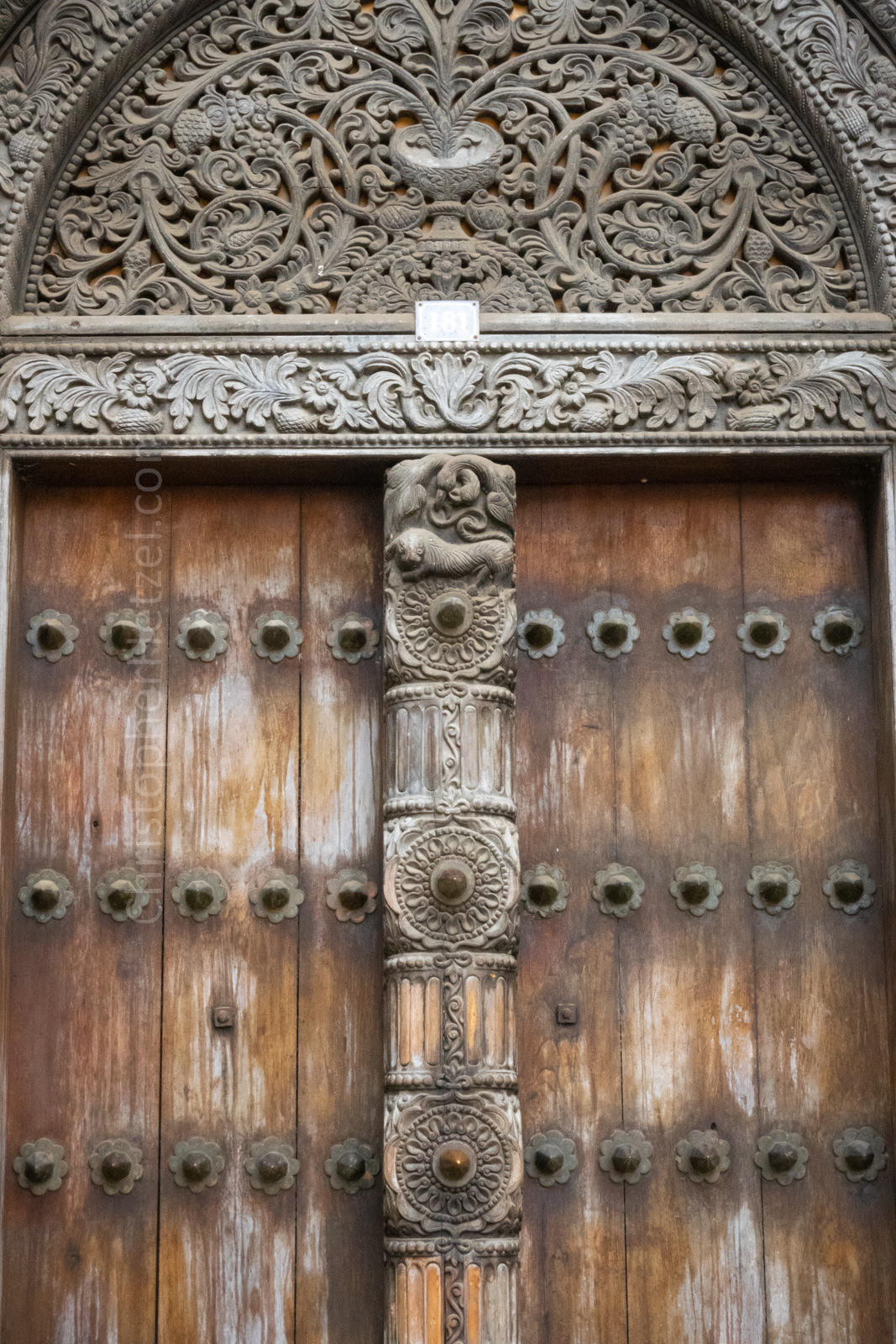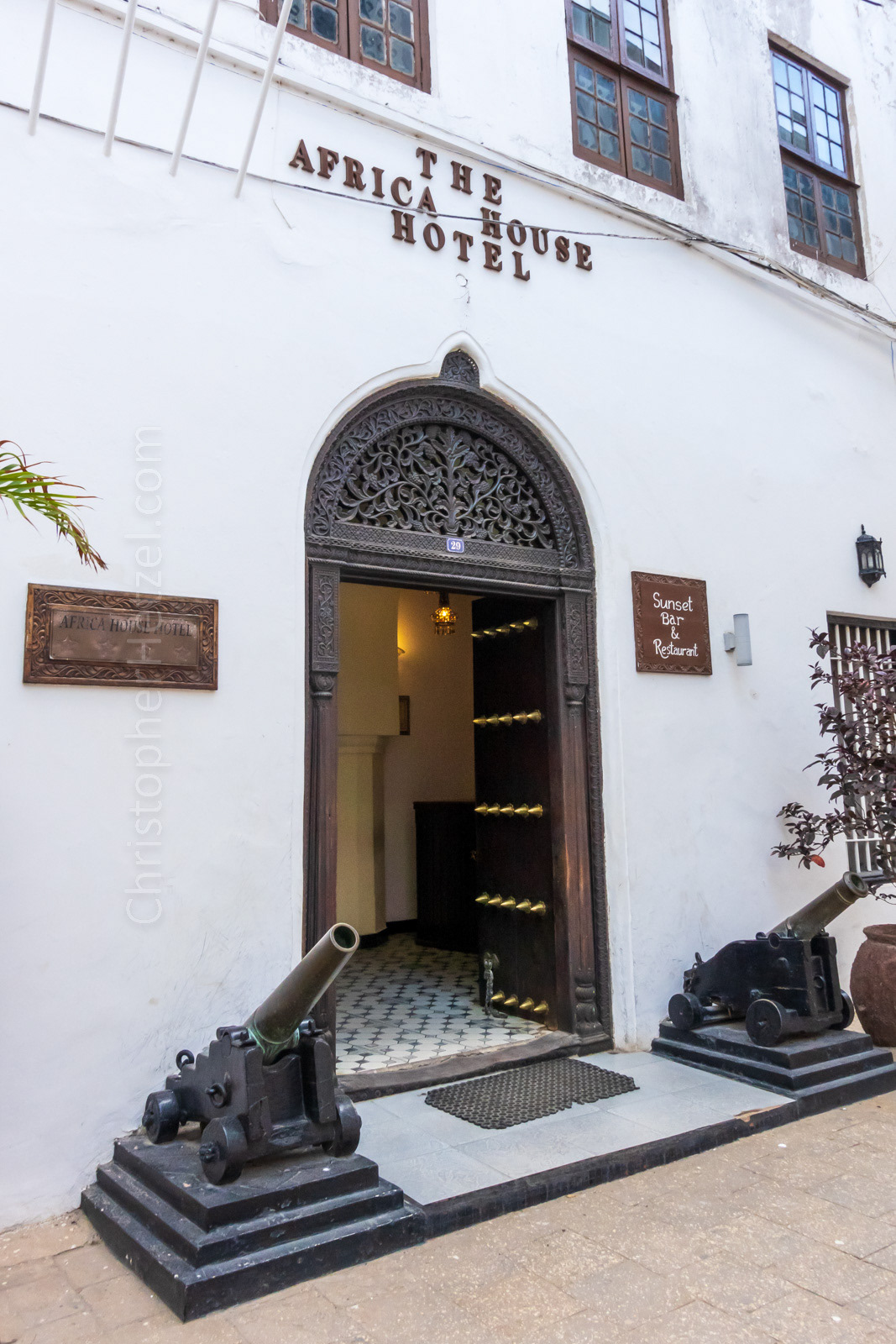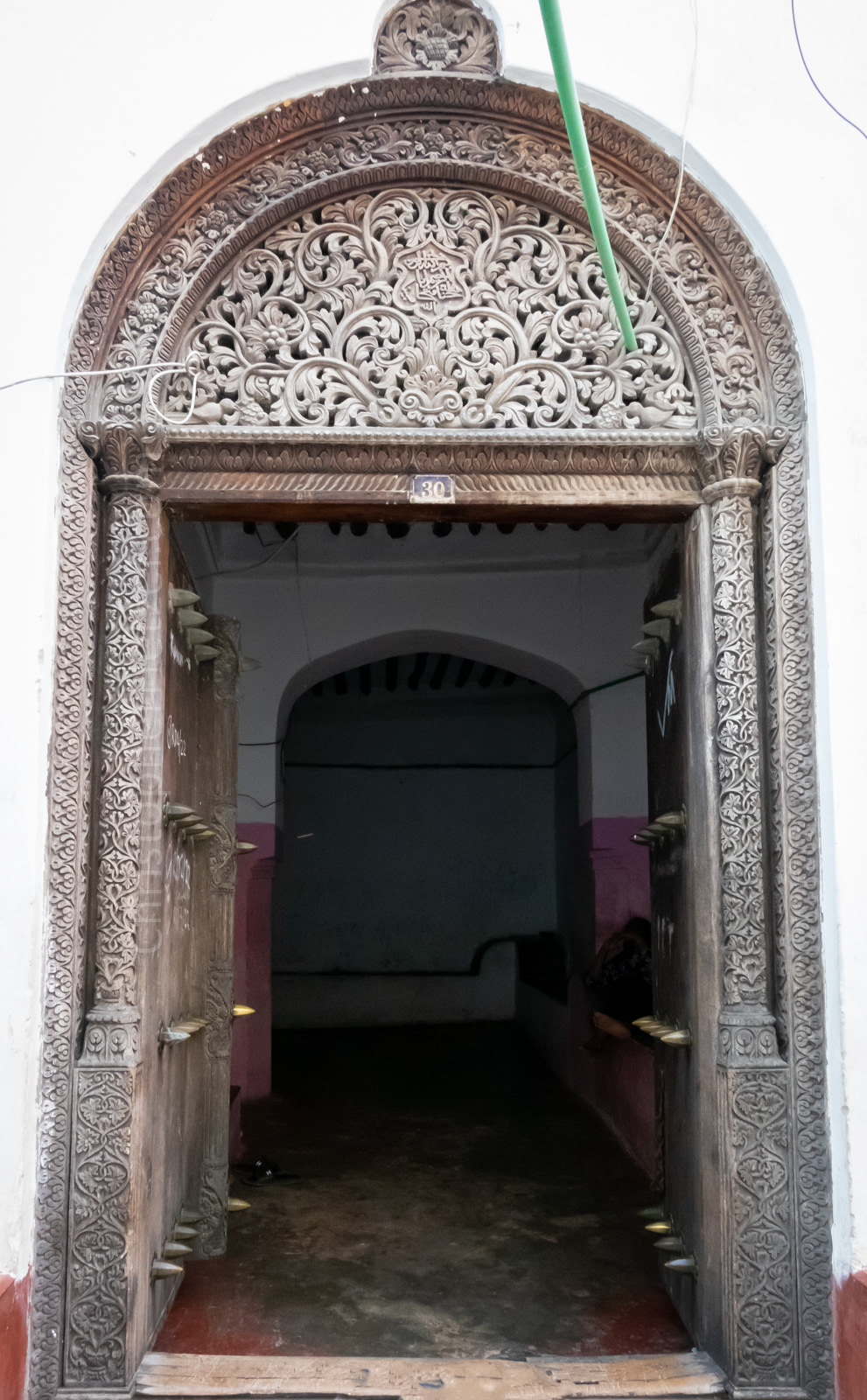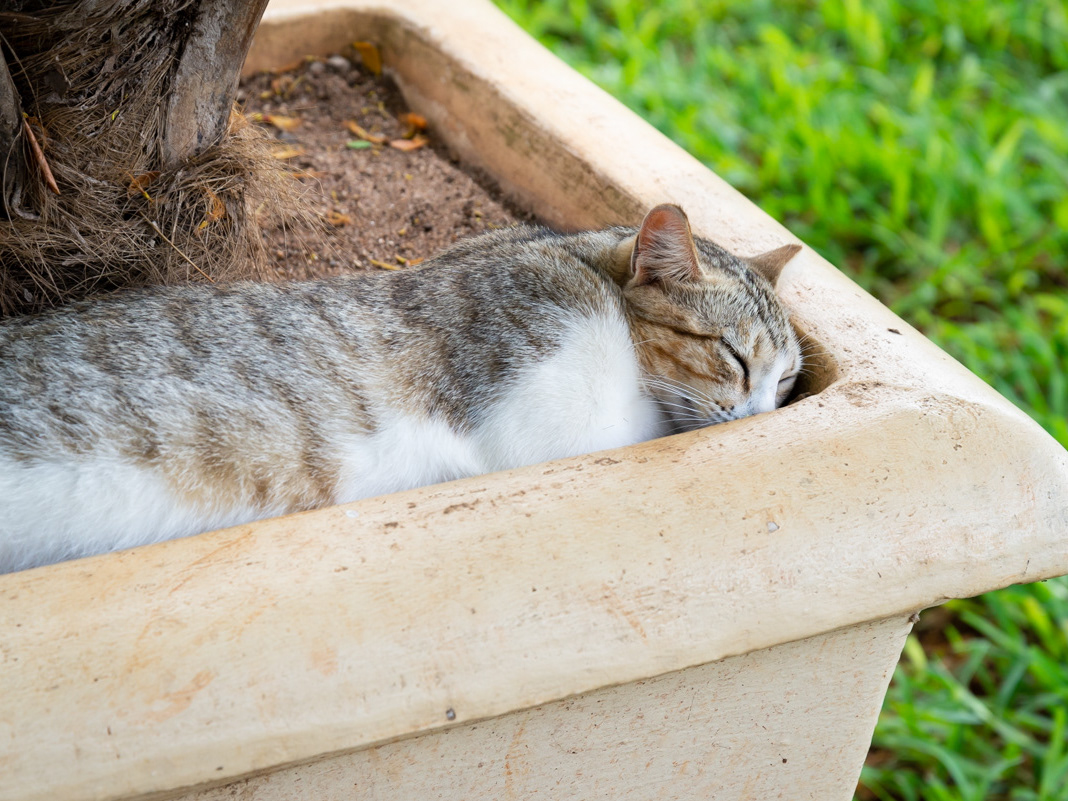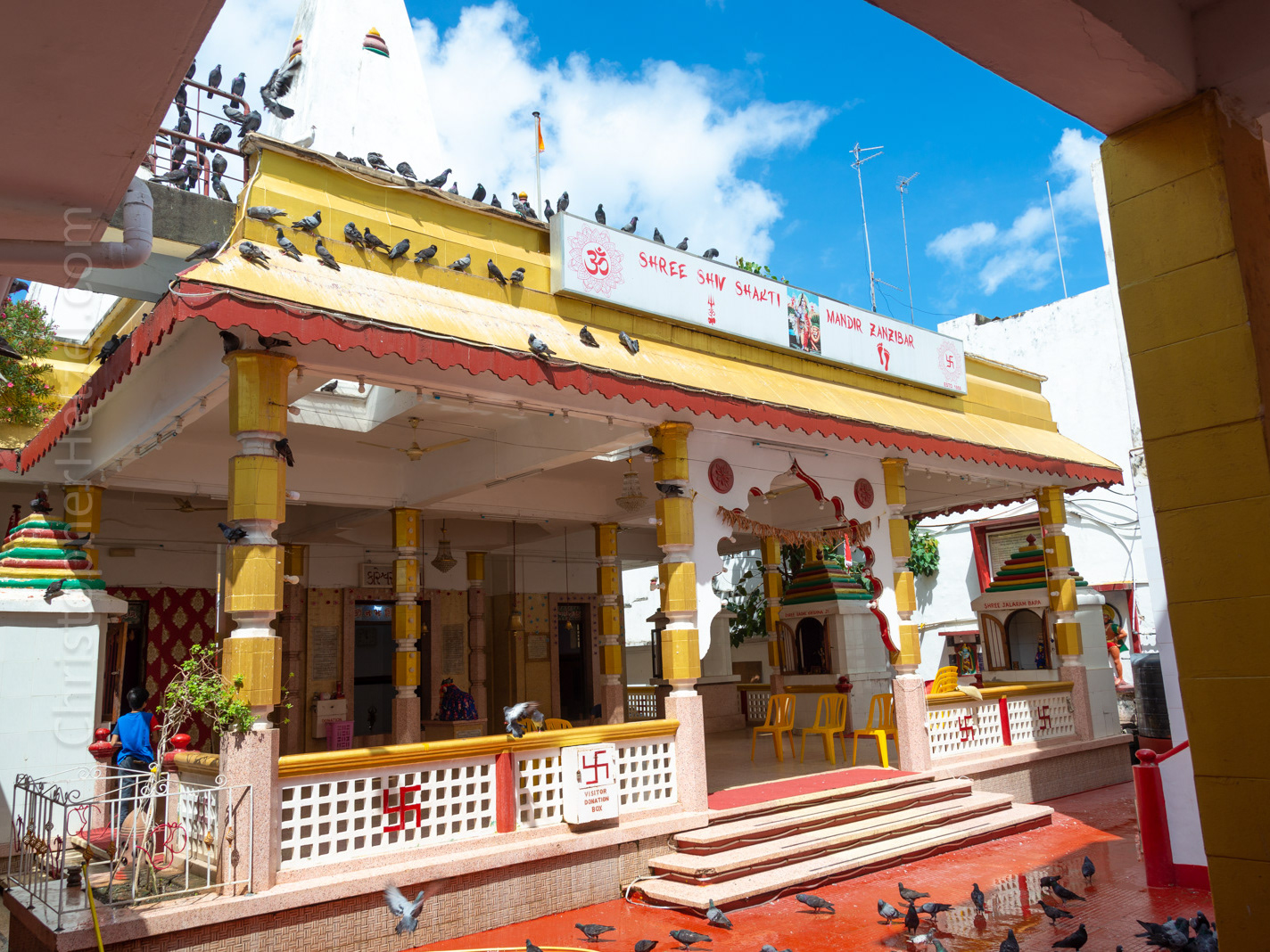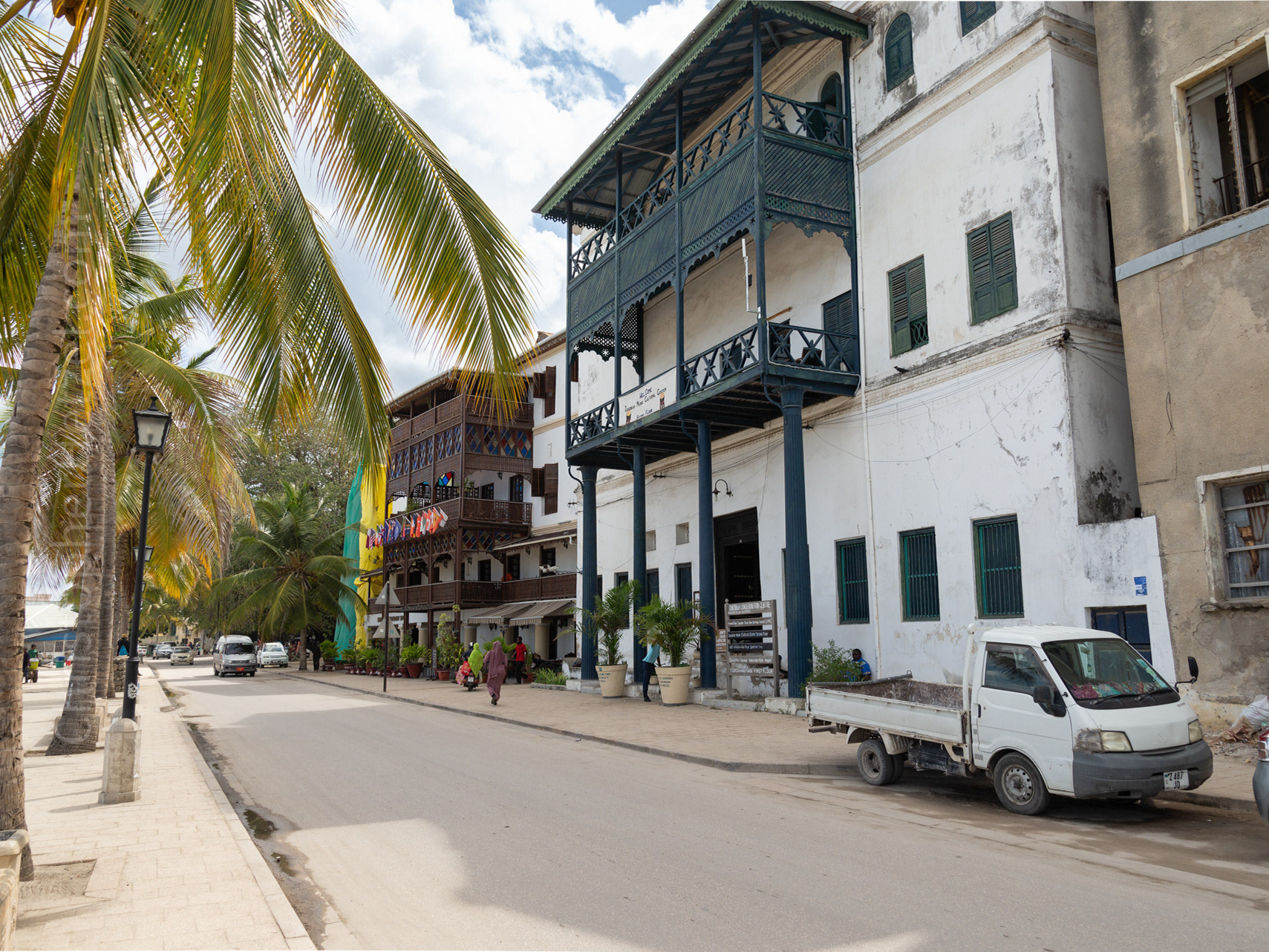Elaborately carved ornamental wooden doors are a popular feature along the many streets and alleys of Zanzibar's Stone Town. Richly decorated, and often layered with meaning, these historic doors represent the many influences of Zanzibar's multi-ethnic past, and are indicators of its historically close social, political, and trade connections with the Arab world (Oman, in particular), the peoples of the Indian subcontinent, and those of the Swahili coast of East Africa. For example, ornately carved wood doors are commonly remnants of Oman's history, and Jennifer and I have seen doors with similar designs at several of the Omani historic sites we have visited (and even more for sale in the Souqs!).
Elaborately carved ornamental wooden doors are a popular feature along the many streets and alleys of Zanzibar's Stone Town. Richly decorated, and often layered with meaning, these historic doors represent the many influences of Zanzibar's multi-ethnic past, and are indicators of its historically close social, political, and trade connections with the Arab world (Oman, in particular), the peoples of the Indian subcontinent, and those of the Swahili coast of East Africa. For example, ornately carved wood doors are commonly remnants of Oman's history, and Jennifer and I have seen doors with similar designs at several of the Omani historic sites we have visited (and even more for sale in the Souqs!).
Wandering around Stone Town, one can easily find finely carved, intact wooden doors on historic buildings that date to the 1700s and 1800s. The oldest were made of Burmese teak, imported from across the Indian Ocean. East African teak was also used. The type/designs of most of these doors generally belong to one of three ethnic traditions - Swahili, Indian, or (Omani) Arab. More often than not, they are a combination or a mixture of all three. See this article for a great, simply described break-down of each: https://www.bizarreglobehopper.com/.../doors-of-stone.../.
Most of the Zanzibar doors that we observed possessed common designs and symbolism, which you'll see repeated in the photos below. The typical door consists of a set of large double doors with an elaborately carved frame, lintel, and center post. Of those we saw, many also possessed similar carvings. At least two of the doors pictured below were carved by the same individual, so this may explain some of the similarity. The symbolic meaning of these carvings is open to debate - even by academics. But it seems most locals (including our guide) are certain about their supposed symbolism (or at least that's what they tell the tourists).
Look for these symbols:
- Chains, carved in a course around the door frame, are said to protect a building from evil spirits, were emblems representing safety and security, or marked the mansions of wealthy slave traders.
- Date Palms or Frankinscence Trees, carved in a course around the door frame, are said to represent fertility and/or agricultural wealth.
- Flowers at the top of the door indicated how many families used to live inside.
- Several different symbols are said to indicate the resident's profession - Vines referred to the spice trade, Wave-like patterns and ropes alluded to seaborne trade, and Geometric shapes, like squares, referred to accountants.
- A carved frieze with Arabic inscriptions or symbols, or citations from the Quran, indicates strong Arabic influences.
Other common elements include:
- The frieze might be carved in rosettes or feature the original resident's name.
- Heavy brass studs (or spikes). An Indian influence, legend says the function of the brass studs was to protect the doors from charging elephants. There are no elephants in Zanzibar, so the brass studs likely functioned more as embellishment for aesthetic purposes and to showcase a resident's wealth.
- Heavy metal door locks at a door's outer threshold. This is how they locked the doors (from outside).
- Rectangular friezes are typical of older Arab-style doors, newer while newer doors have round friezes.
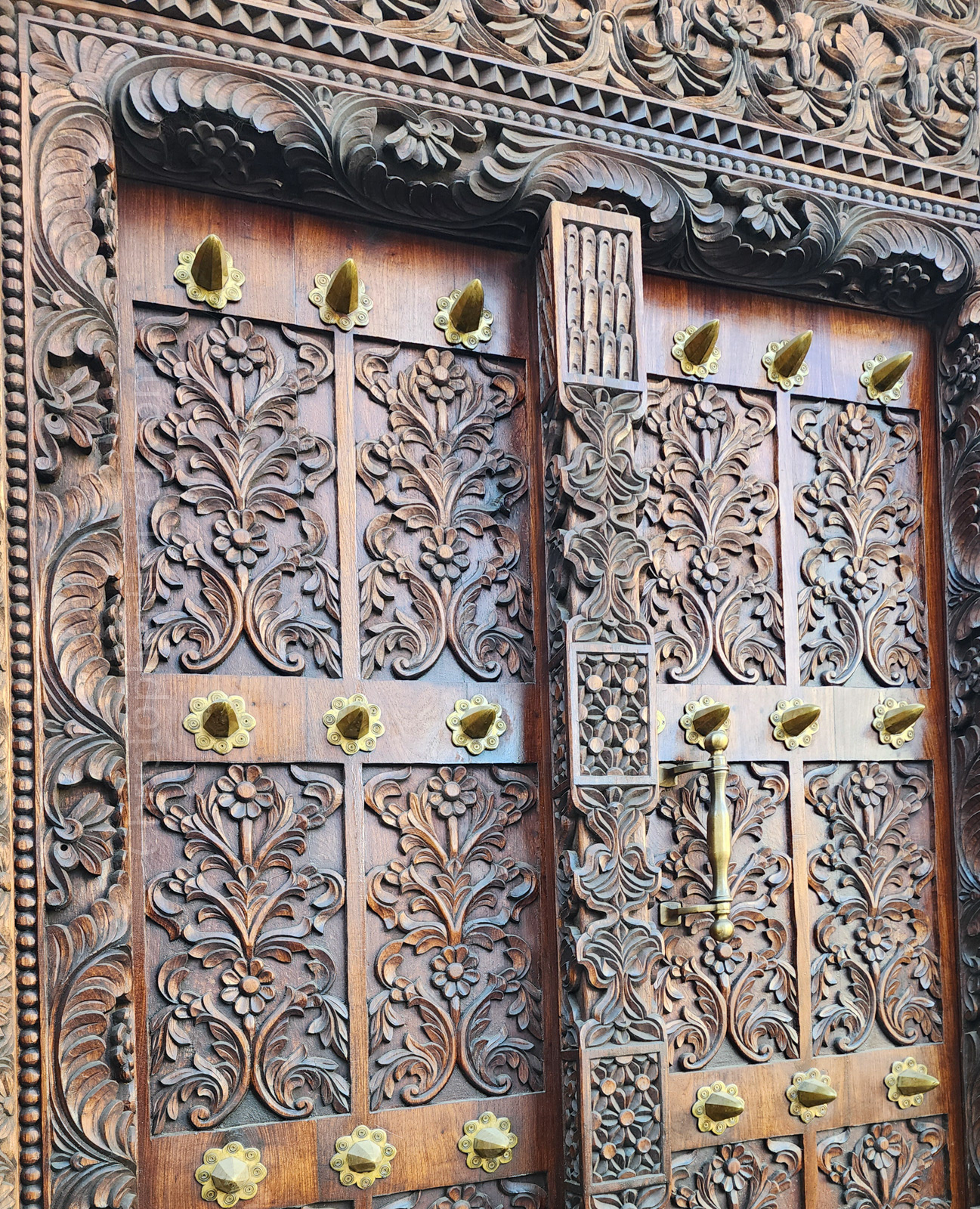
Photo by JMS

Photo by JMS
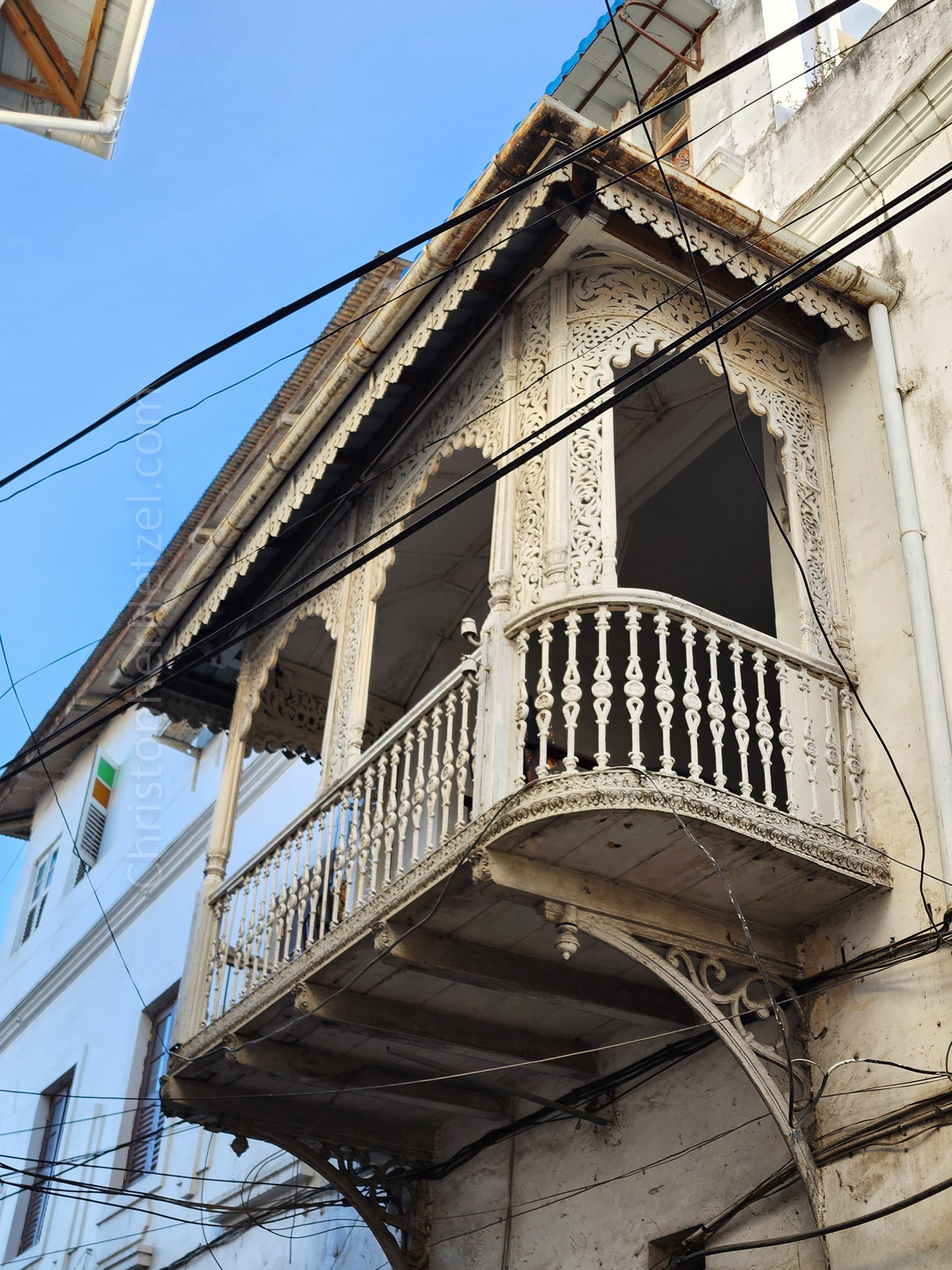
Not a door, but a cool example of a Arabesque-style balcony. Photo by JMS.
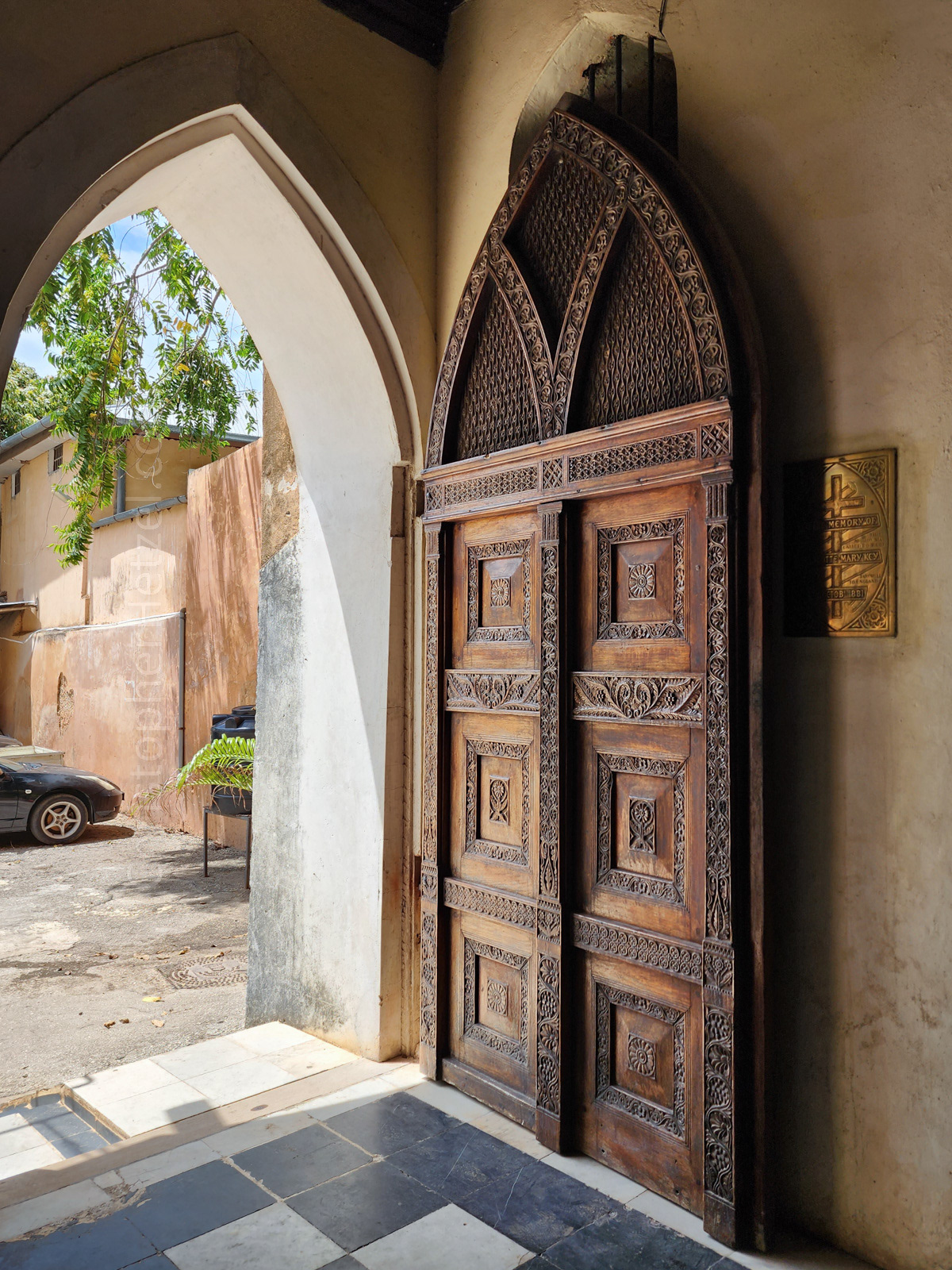
Front door of Christ Church Anglican Cathedral. Photo by JMS.

A traditional door, but you can also see the unfinished coral stone of its 18th century building.

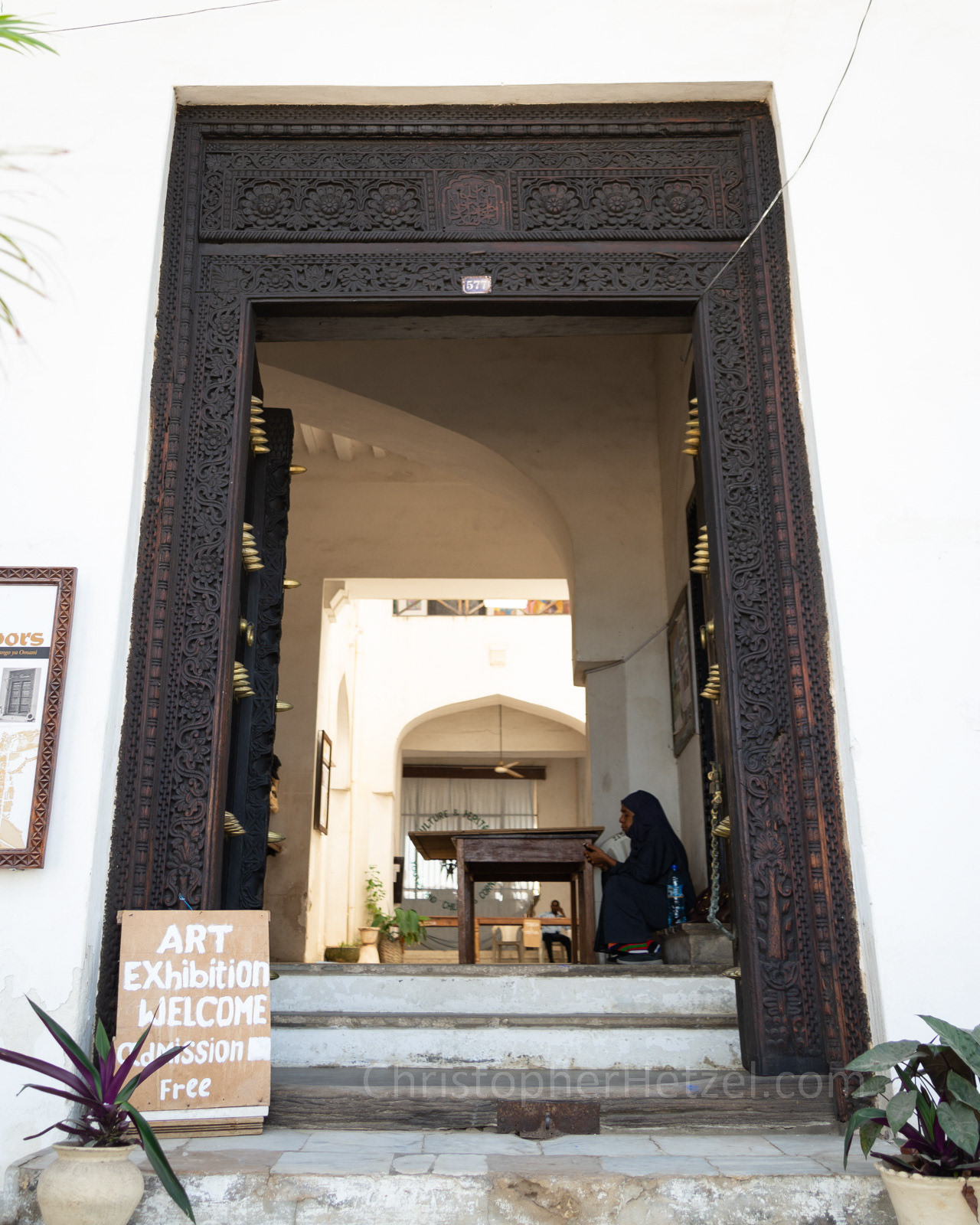
Front door of the Old Customs House.

Interior doorway in the Old Customs House. Here the bands of chain, date palms, and rosettes/plants/trees are visible in the door frame.
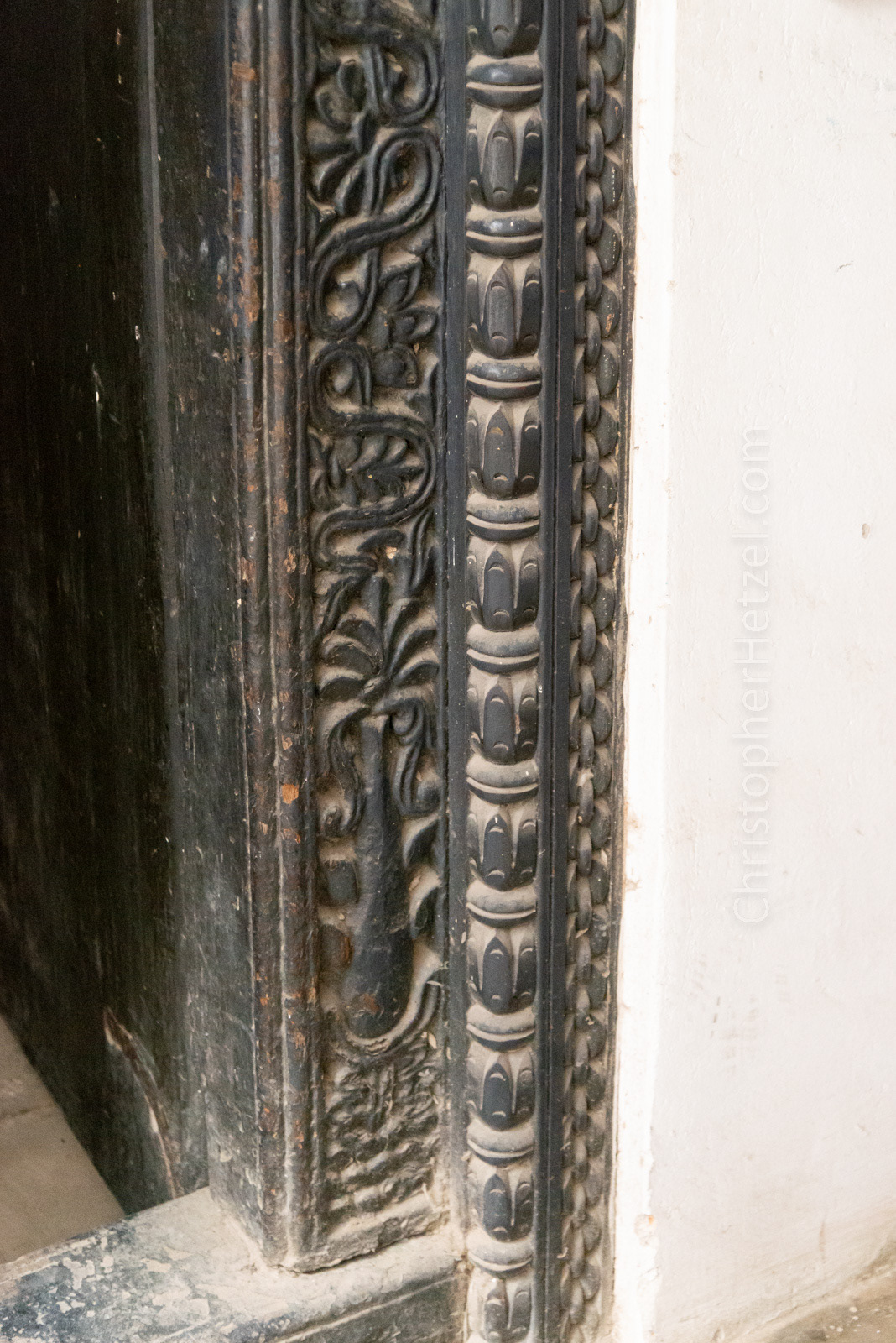
Interior doorway in the Old Customs House. Here the bands of chain, date palms, and rosettes/plants/trees are visible in the door frame.
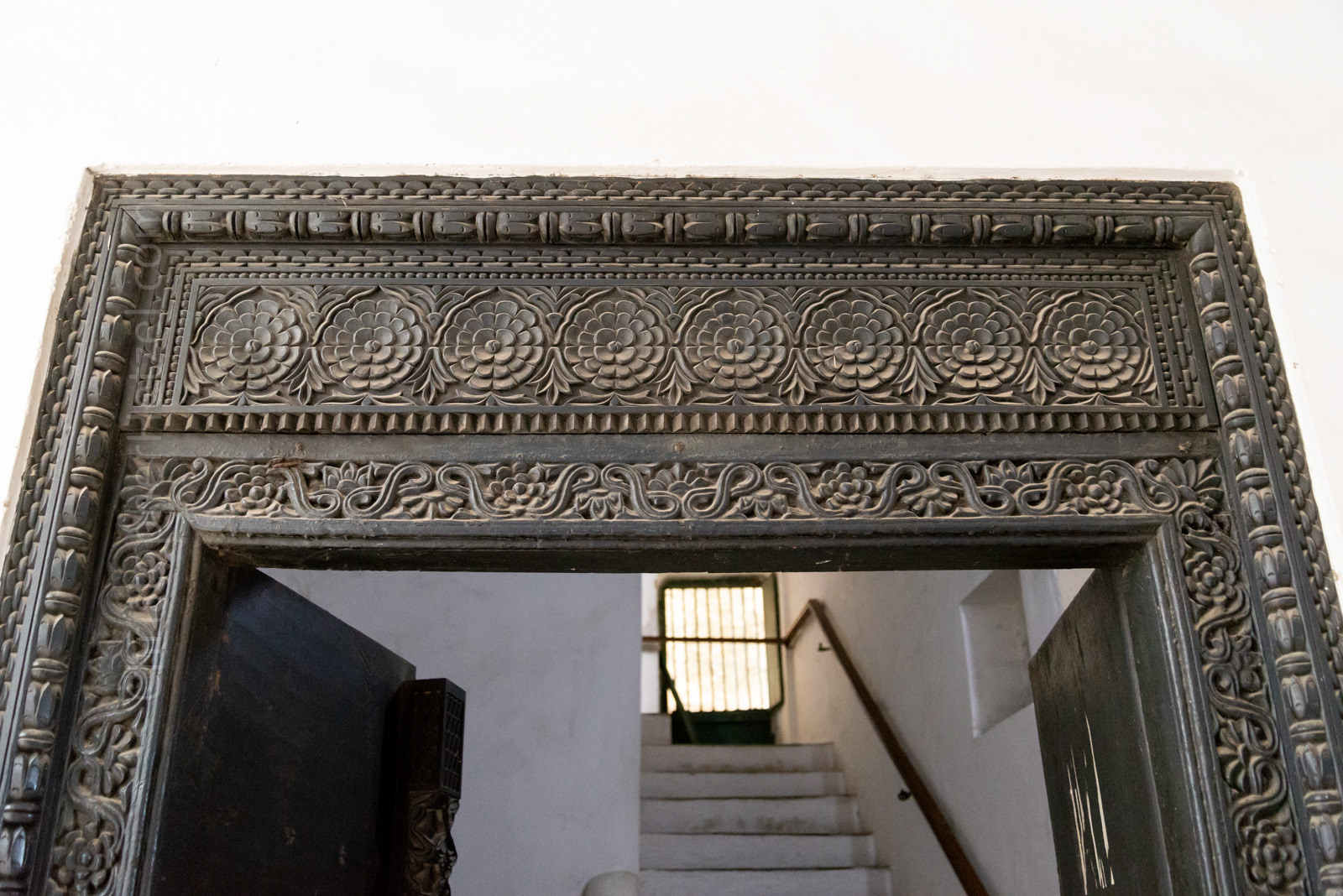
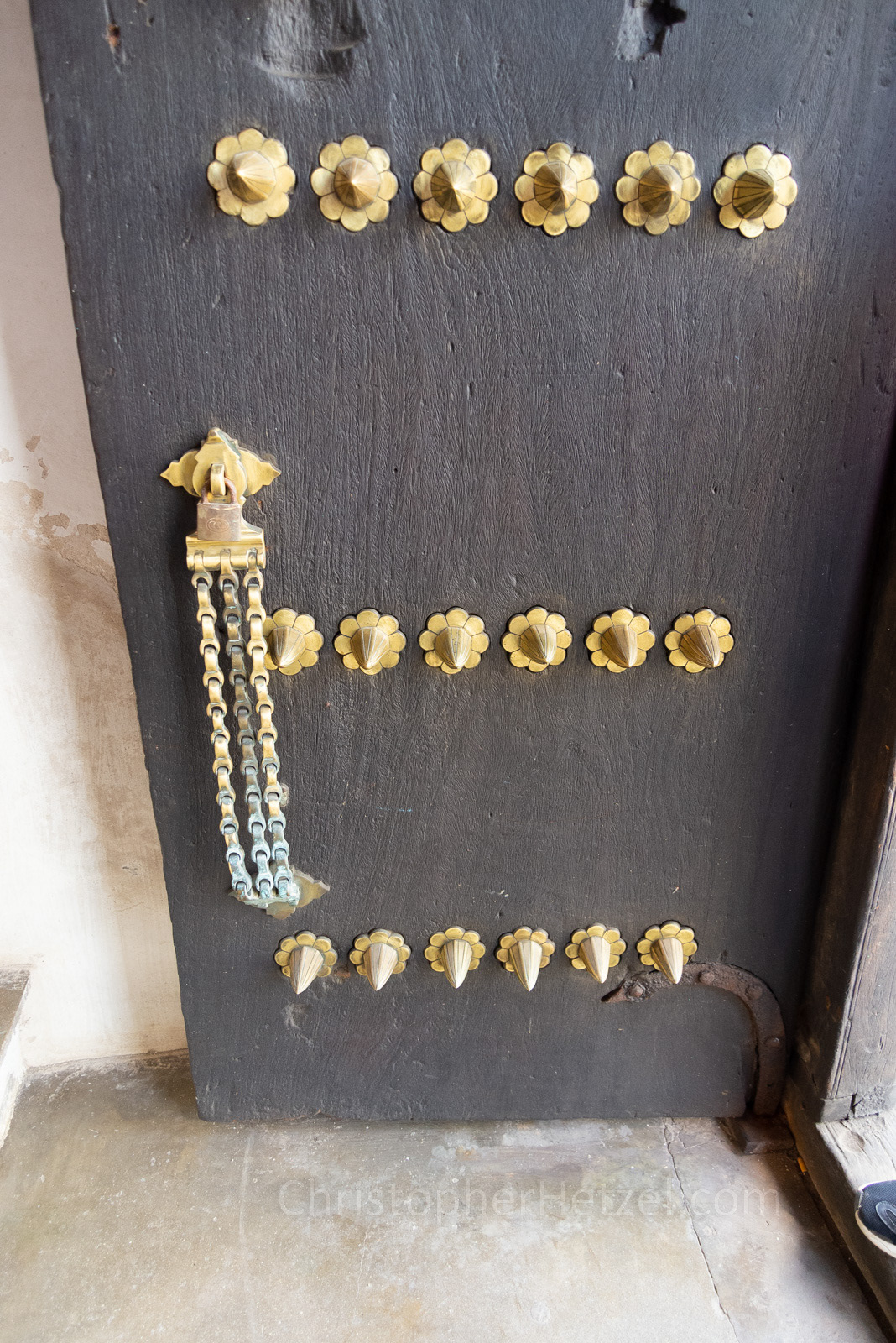
Front door to the Old Customs House, fitted with elephant-defying brass studs and chain lock.

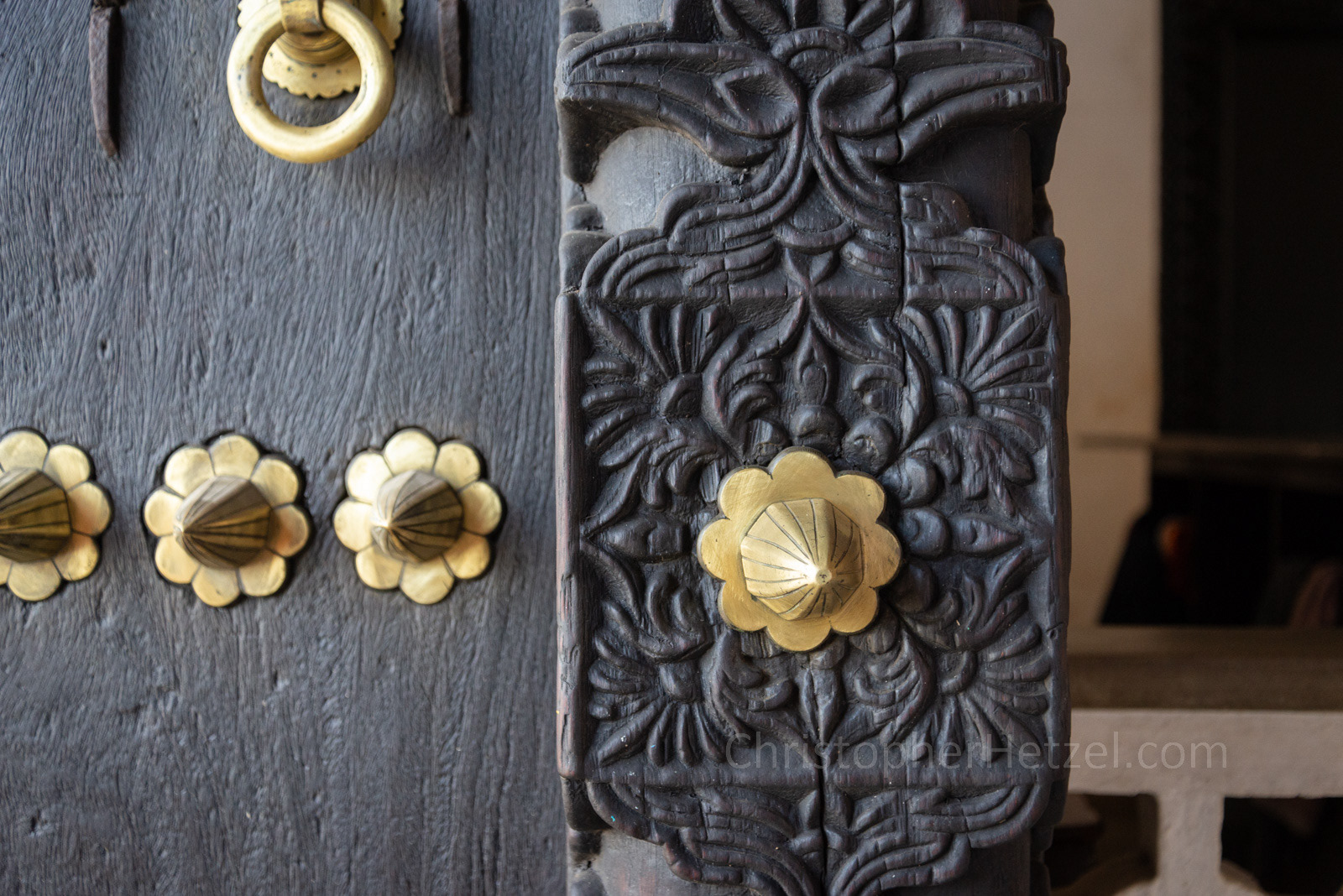

View from inside the Old Customs House, looking out the front door to the sea. Photo by JMS.
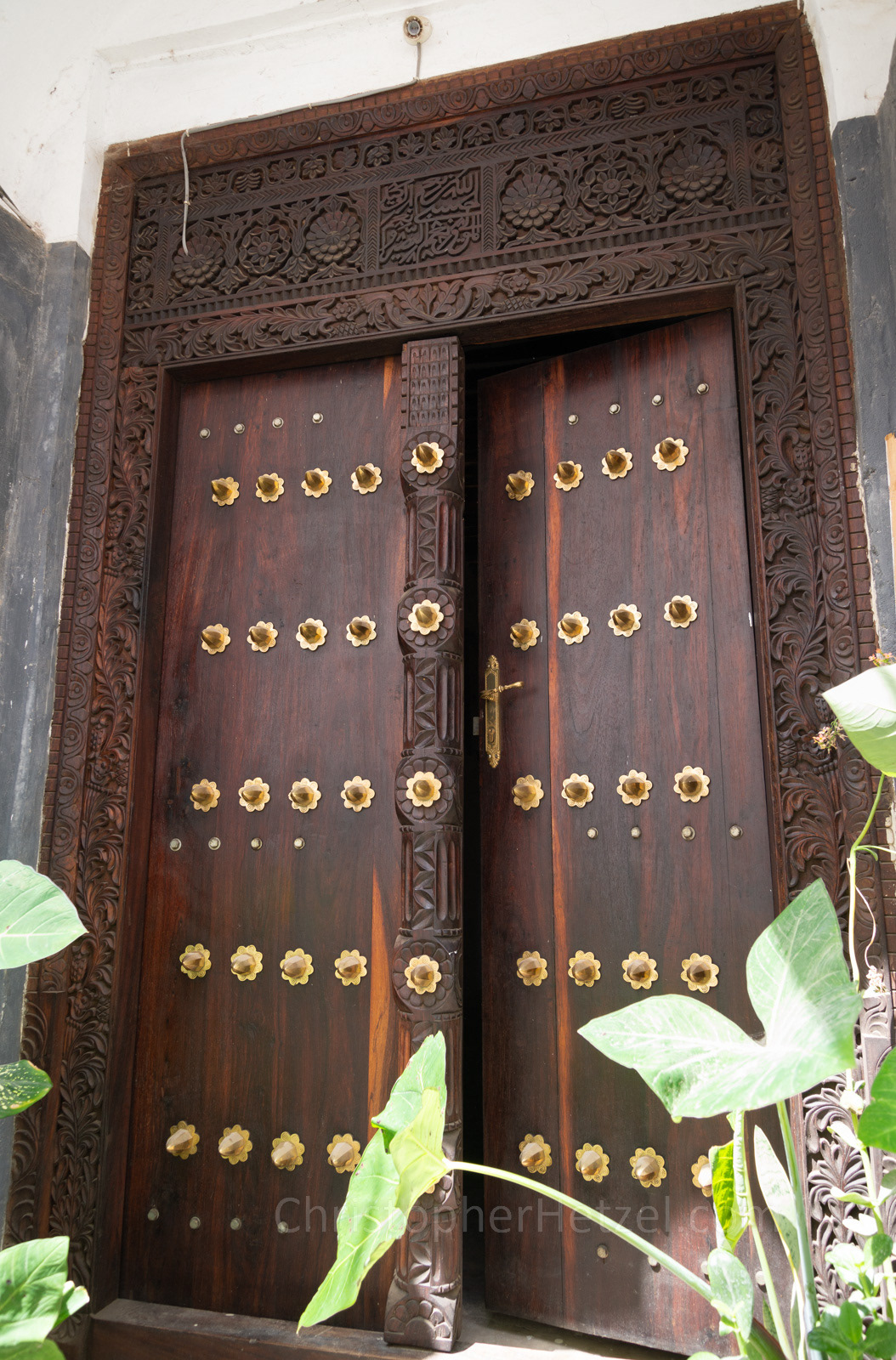
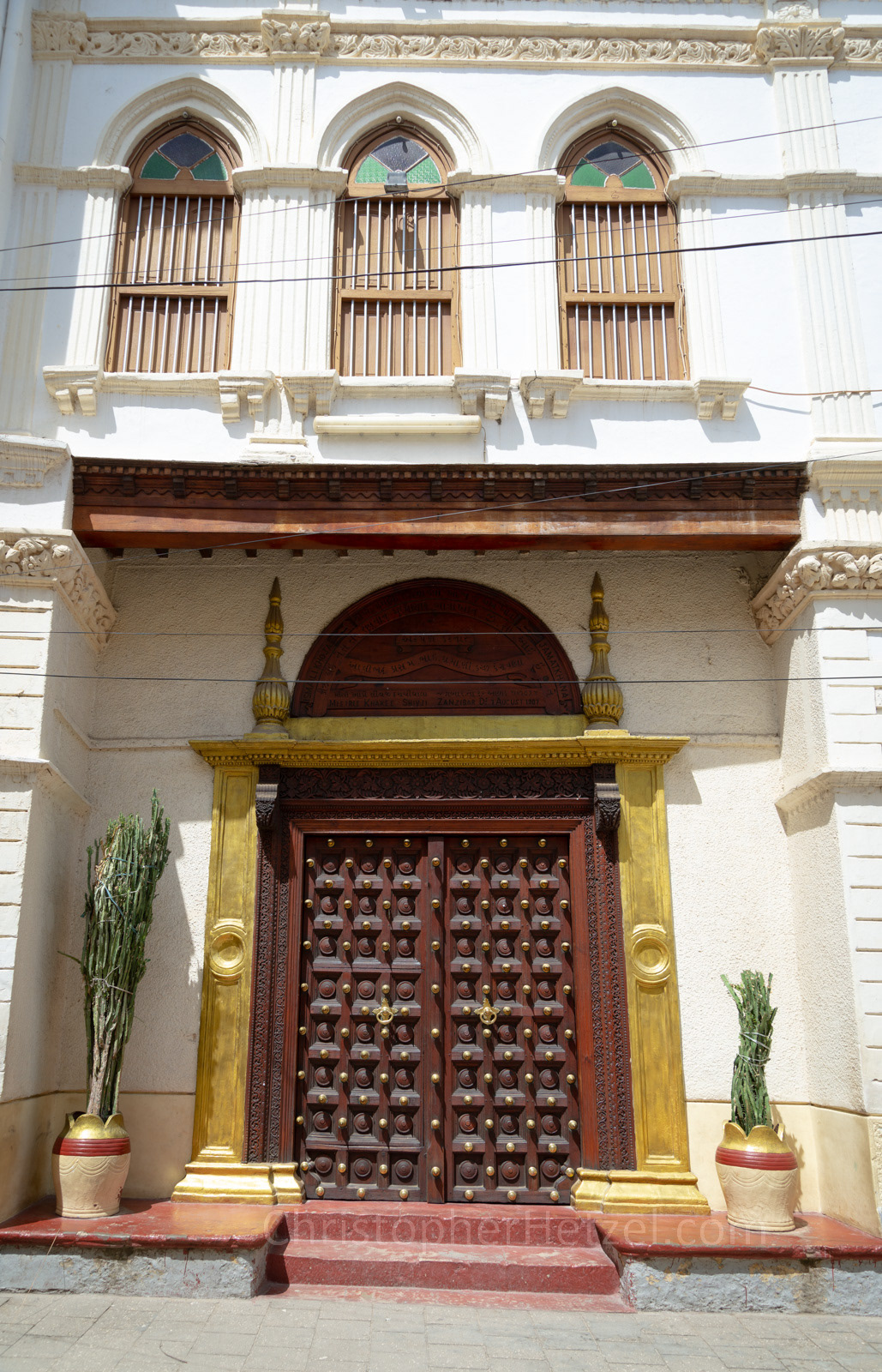
Front door of Zanzibar Jamatkhanna Mosque.


Traditional door lock.
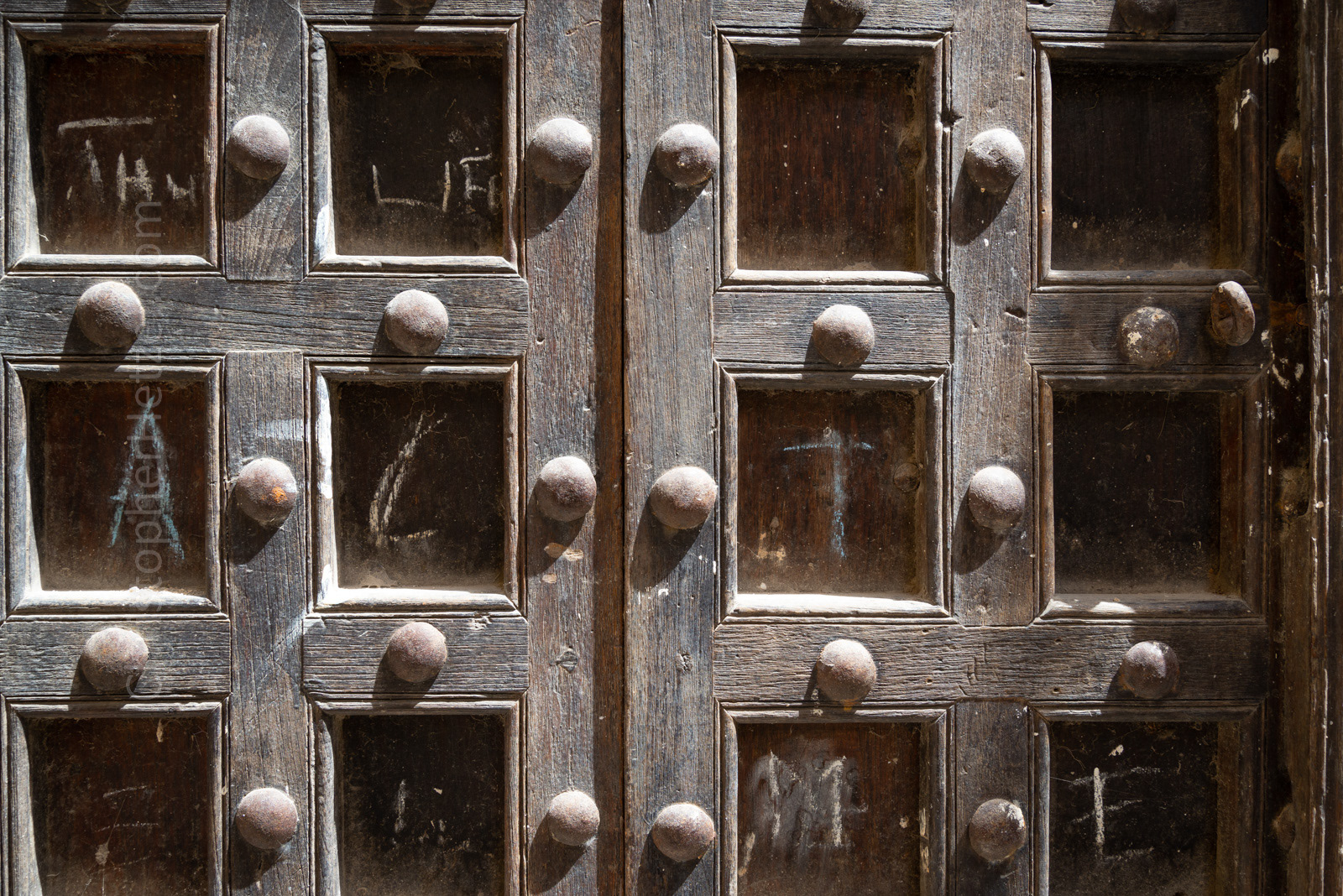

Baghani Street door. One of at least three similar-looking doors in Stone Town carved by the same artisan.
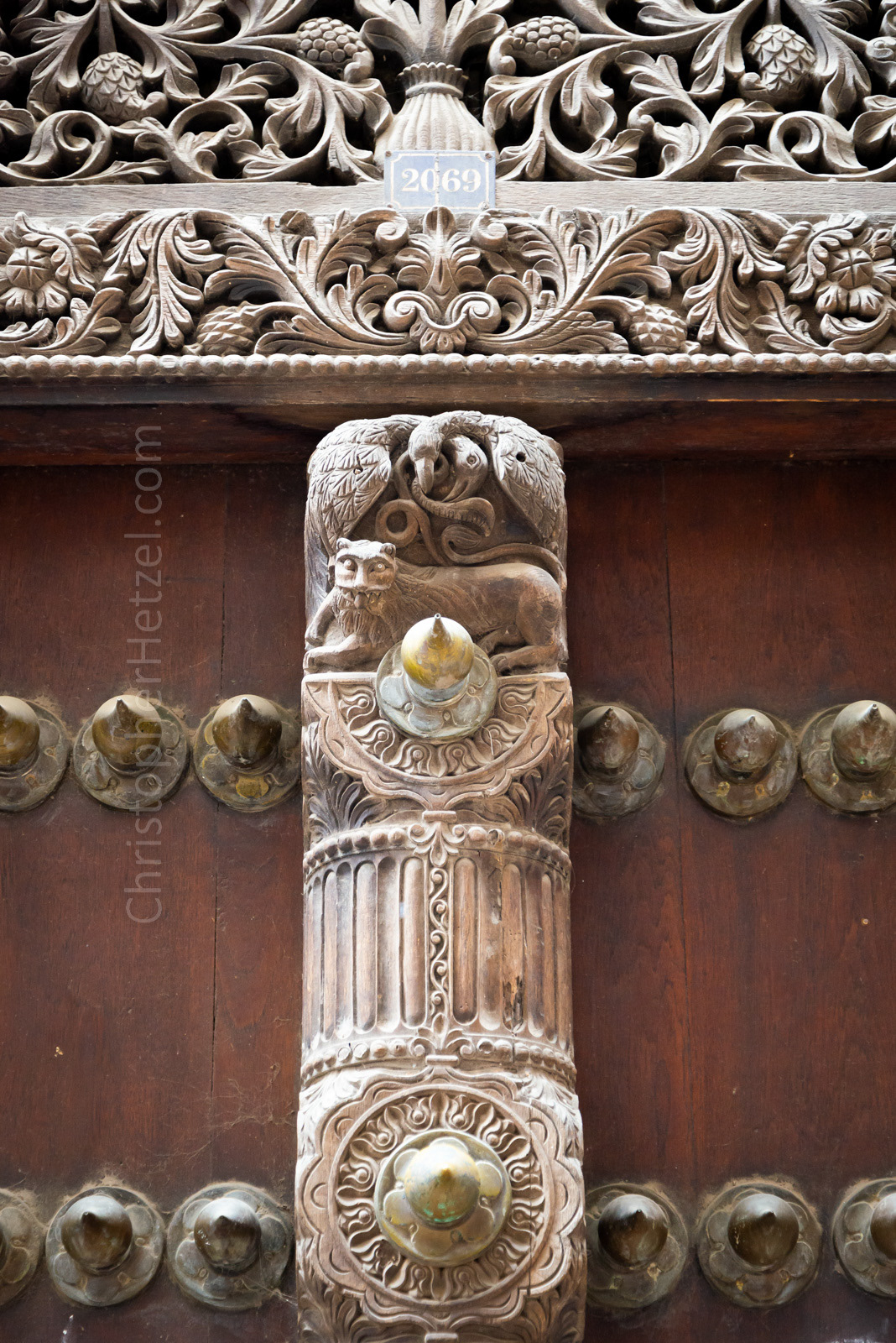


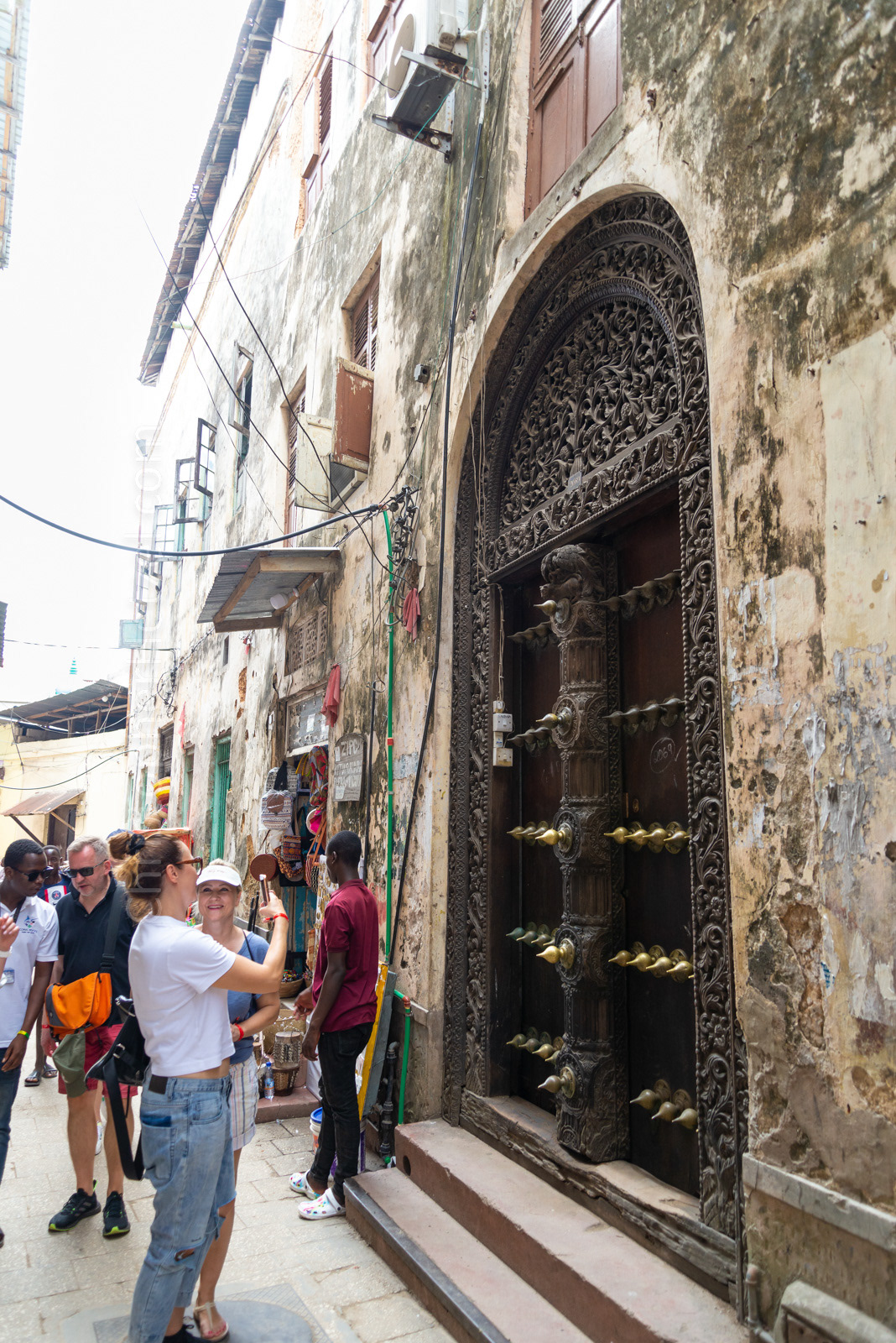

Front door of the former home of Tippu Tip. Tippu Tip was a slave trader, ivory merchant, and plantation owner who was once a mighty figure in Zanzibar and a force to be reckoned with on the African continent. https://www.atlasobscura.com/places/tippu-tips-house

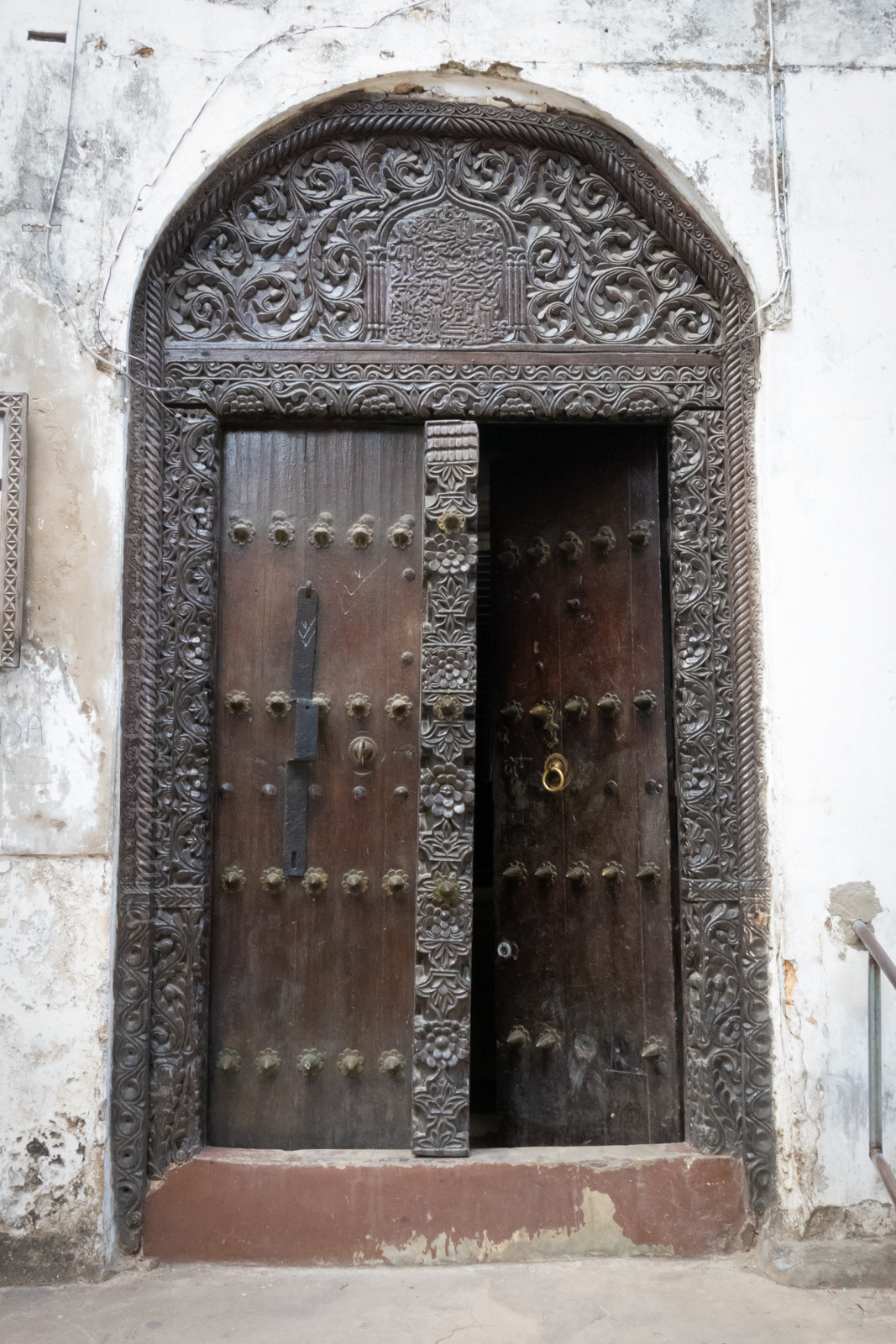
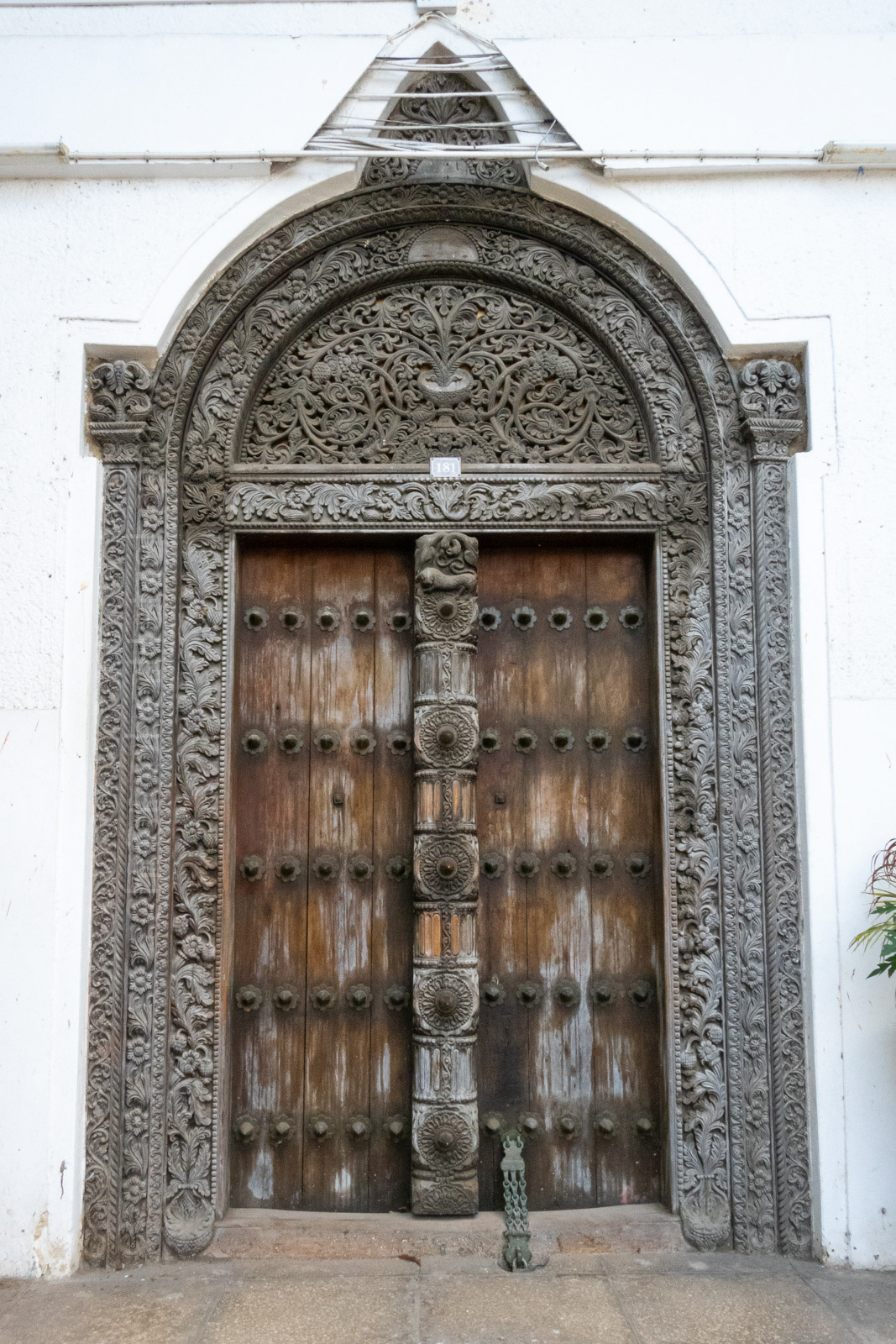
Door on the Zanzibar Petroleum Regulatory Authority Building (formerly the old People's Bank of Zanzibar). One of at least three similar-looking doors in Stone Town carved by the same artisan.
